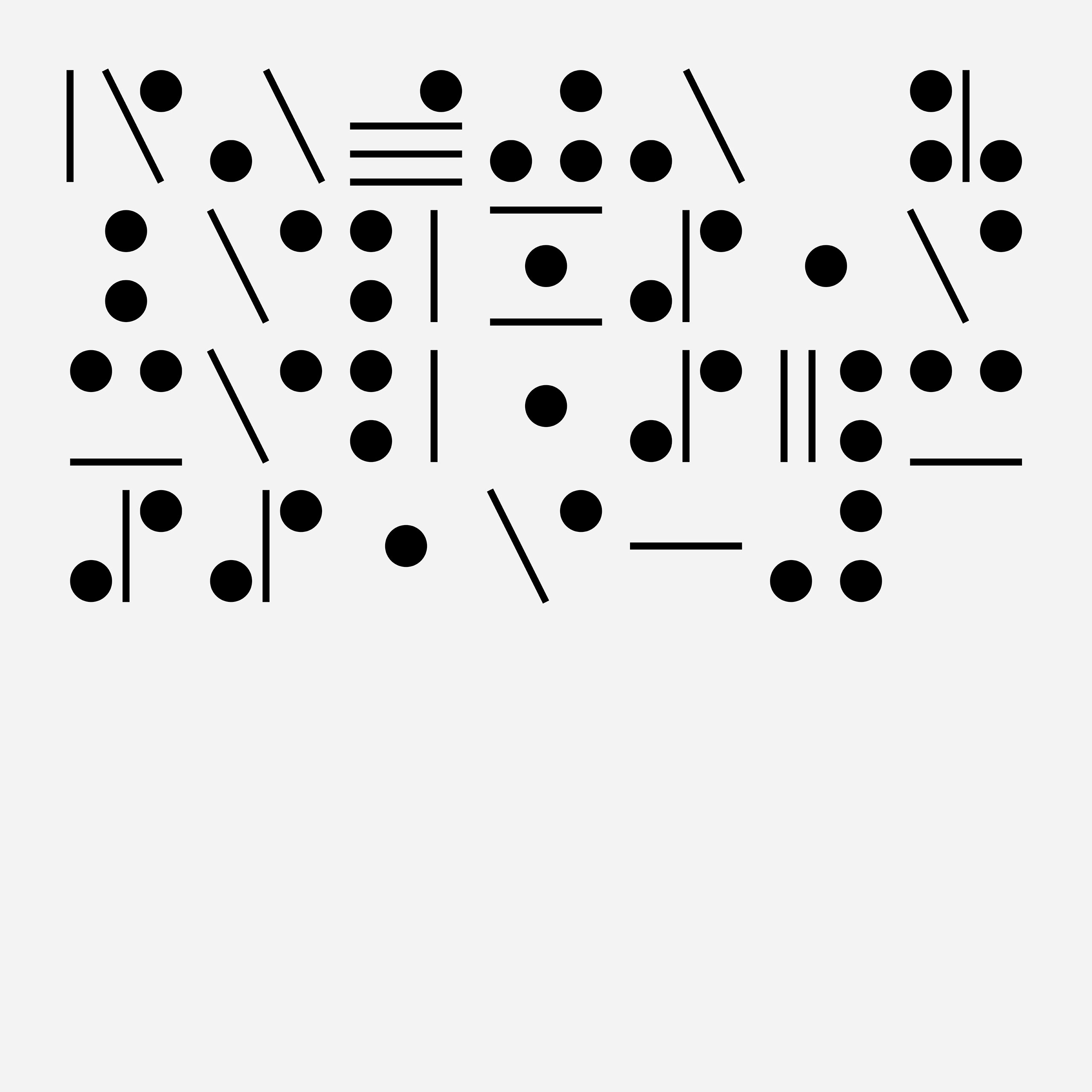Kajsa Lindgren (b. 1990) is a composer and sound-artist mainly working with field recordings and different ways to perform them, often through spatial, multichannel distribution. Her work includes electroacoustic compositions and sound installations, as well as compositions for acoustic traditional instruments.
By often using interviews as a method when composing and field recordings as the material, she has found a way to work with expectations and traditions when it comes to the process of composing and the performance itself. Combining interviews and field recordings has therefore shown to be an effective way for her to open up different ways to approach the process of exploring subjects and environments through sound.
Kajsa Lindgren is a composer educated in both western contemporary art music and electroacoustic composition and holds a Bachelor (2015) and Master (2017) in Electroacoustic Composition from the Royal College of Music in Stockholm.
First of all, I wouldn’t say that Undercurrents is minimalistic. It’s minimalistic when it comes to the amount of material. But the composition, or soundscape, is not. For some maybe it’s even the opposite of how you think about deep listening music. But for me as the composer the process itself has been very much about extended and deep listening.
In January, 2018 I made an important decision at the beginning of the process of my album WOMB (Hyperdelia) which I continue to live by. It was that the process had to be something that I enjoyed and made me feel calm and present. But also when it came to the music itself. The process while composing Undercurrents has been quite similar. And it is a piece that at this point has taken many forms. There has been one main constant when it comes to sound material and structure—the vocals. The difference has been the length and ways to perform or present the different forms. This has lead to the vocals being spread and stretched out further apart in time, repeated and processed in different ways, presented slightly different each and every time it occurs.
The piece focuses on putting the listener and myself in a state of mind, some kind of flow (not necessarily a pleasant one at all times since it can be a bit intrusive at some occasions). It actually began as a piece in three shorter parts, then an eight minute long piece and I’ve also performed it live in a semi-improvised, longer version. So it’s based on the same material but I’ve been thinking a lot of time and letting the structure be without some kind of direction, and more like slow, moving currents. There are layers and separate sounds slowly shifting into each other such as voices, saxophone, cello and underwater field recordings.
It’s the first piece in a long time where I haven’t used interviews as a method and gone strictly on instinct and feeling. And it’s the first time I’ve re-used sound material to this extent, which is quite liberating and interesting creatively speaking. Soothing, even. To really get to know and work with the material for a long time and not be so hung up on always presenting something new with everything you create, which can be quite stressful. And I think that has a lot to do with what the original idea was with this material, which was about trying to articulate something that you don’t really have words for, when what you’re trying to express doesn’t really come through. This opened up a lot of possibilities to work with and process the material in detail.
You could say that extended listening is what I work with when working with field recordings. Both while finding, recording and composing them. About listening techniques and finding relationships to sounds and sound environments, but also when it comes to the technical equipment I use (such as specific microphones). So in that sense it’s very much about learning and sharing, since I often find subjects, situations or environments to explore and present with my music. But, as in this piece, I think it can also be about repetition of limited material. Extended or deep listening in a way also requires some kind of willingness to experience the music—whether pleasant, unpleasant, or neutral. And that is something, a state of mind, I wish the listener to experience or achieve while listening to Undercurrents. It’s not entertainment, and I think it can both require something of the listener, but also the opposite and let the listener be and sort of float between the modes and moods in the music.


